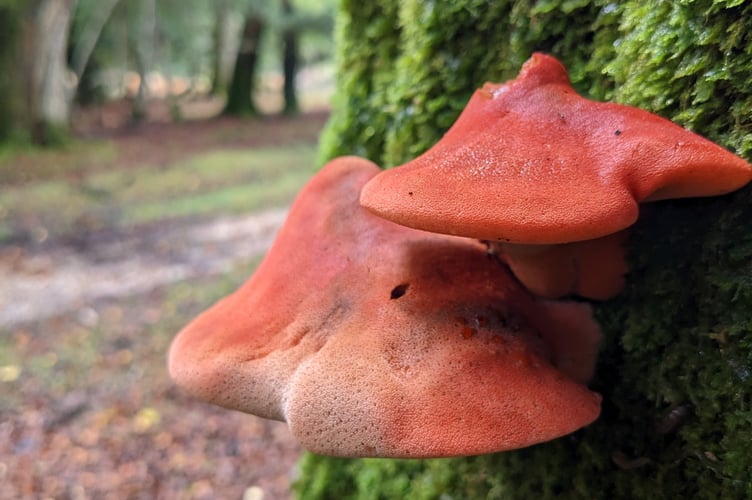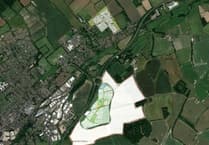Fungi really are fabulous, they are a fundamental part of the earth’s ecosystem, breaking dead matter down and returning nutrients to the soil to nourish all sorts of living organisms.
They come in all shapes and sizes: moulds, rusts, brackets, jellies and mushrooms – the list goes on, and can be found on the ground, on tree stumps, or on trunks and branches. Once you get searching it’s a proper treasure hunt and you can take some incredible photographs.
The lowland heath of the Wealden Heath special protection area provides a mixture of woodland and open heaths which support a huge variety of fungi, many of which are protected under various UK environmental laws.
Now that we’ve had some rain and cooler weather, it’s the perfect time to get out and explore some of the most haunting fungi on our local heaths.
Note of caution! Many of our UK fungi are toxic to humans, so please do not attempt to forage or eat any unless you are with an expert and have the correct permission.
We are lucky to have a large number of SSSI (Sites of Special Scientific Interest) sites in the surrounding area around Bordon, Liphook and Farnham that are home to some very rare species.
This means that only those with special permission to collect fungi for survey and recording purposes may pick them as foraging is forbidden on the local SSSI sites.
1. Dead Man’s fingers (Xylaria Polymorpha)
This sinister looking fungus grows on stumps, deadwood and often appears through moss or dead leaves on the ground. It usually grows in clusters about 5cm high, giving the impression of some black warty fingers clawing out of the ground. It’s fairly common in the UK and can be found all year round, but a particularly spooky one to see on a misty morning this time of year.
2. Fly Agaric (Amanita muscaria)
The classic fairytale mushroom, shrouded in folklore, is one of our most recognisable UK fungi species. It’s one you’re bound to see in the area as it favours birch and pine woodland and is easy to spot with its bright red cap and white dots which serve as a warning as it’s highly toxic.

3. Beefsteak Fungus (Fistulina Hepatica)
The beefsteak or tongue fungus is a bracket fungus often found in broadleaved woodland, attached to the trunk of deciduous trees, usually oak. It’s a red colour and beefsteak comes from the fact it resembles a cut of raw meat as it ages and oozes a red blood like substance when squeezed. Beefsteak fungus is common in late summer and autumn.

4. Common Stinkhorn (Phallus impudicus)
The common stinkhorn is one you can usually smell before you see it as it has a pungent odour. The stinkhorns have developed a rather unique way of dispersing spores, they are contained in a thick slime covering the cone which smells of rotting flesh or faeces. The stink attracts flies which then spread their spores. They are widespread across the UK and found in woodlands this time of year.

5. Yellow Brain (Tremella mesenterica)
Yellow brain is a jelly like, parasitic fungus that feeds on the wood-rotting fungi. Often found on dead wood, the bright yellow or orange is easy to spot on deadwood. This bright jelly fungus is said to be the sign of a witch’s curse and is also known as witch’s butter. It’s found all year round but easiest to spot in winter when it stands out more and the leaves have gone.
The great thing about fungi is that they come in all shapes and sizes, and they’re easy to photograph even on your smartphone as they don’t fly off! It’s actually quite a mindful activity to have a go at, slow down and look at the forest floor and this fascinating kingdom beneath our feet and among the trees.
By Olivia French
Heathlands Engagement Officer, South Downs National Park Authority


